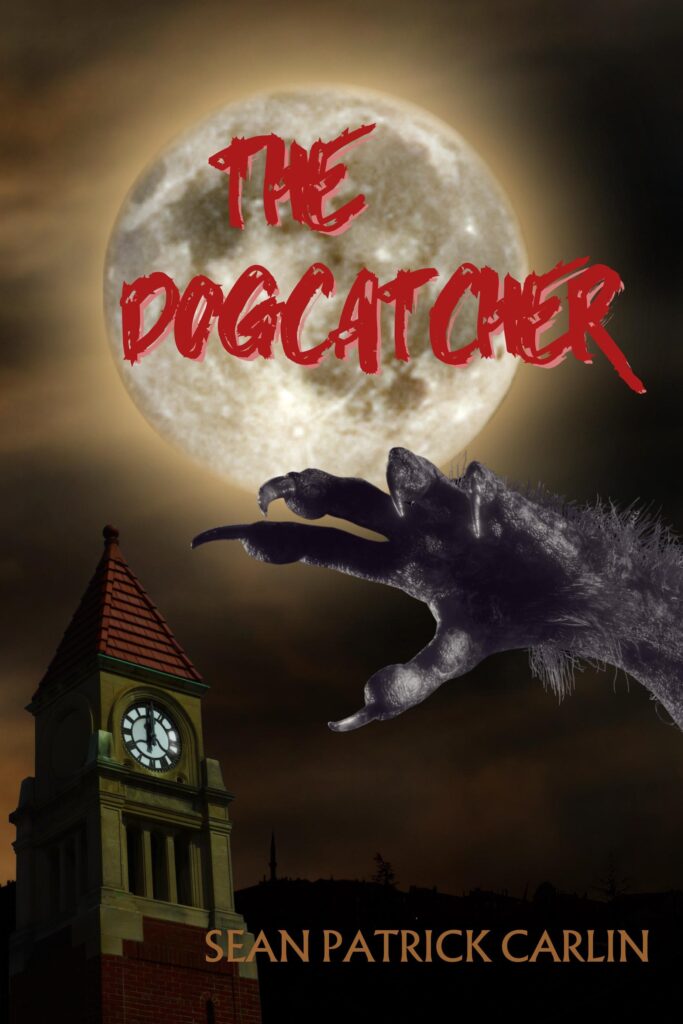Ah, it’s that magical time of year! When the Hudson hawk nips at the nose, and the skyline over the New Jersey Palisades bruises by midafternoon. When chimney smoke from private houses spices the air, and strings of colored lights adorn windows and fire escapes. And, of course, when the Internet engages in its annual bullshit debate as to whether perennial holiday favorite Die Hard, currently celebrating its thirty-fifth anniversary, is a Christmas movie. And since “bullshit debates” are my brand…
In fourth grade, I scored what was, by 1980s standards, the holy grail: a best friend with HBO. Over the following five years, I slept over at his house every weekend, where we watched R-rated action movies into the night. Whatever HBO was showing that week, we delighted in it, no matter how idiotic (Action Jackson) or forgettable (Running Scared). For a pair of preadolescent boys, that Saturday-night cinematic grab bag abounded with illicit wonders.
Much as we enjoyed those movies, though, they were for the most part—this isn’t a criticism—ephemeral crap. We howled at their profane jokes and thrilled to their improbable set pieces, but seldom if ever revisited any of them (Beverly Hills Cop [1984] and its sequel [1987] being a rare exception), and certainly none inspired us to playact their scenarios as we had with PG-rated adventures Ghostbusters (1984) and Back to the Future (1985). They entertained us, sure, but didn’t exactly impress upon our imaginations in any lasting or meaningful way…
That is, not until an action thriller with the snarky guy from Moonlighting (1985–1989) and Blind Date (1987) came along. I still remember seeing Die Hard (1988) for the first time, on a thirteen-inch television with side-mounted mono speaker at my friend’s Bronx apartment. As a viewing experience, it was about as low-def as they come, but that didn’t diminish the white-knuckled hold the movie had on us; we watched it in astonished silence from beginning to end. From that point on—and this was the year no less than Tim Burton’s Batman had seized the zeitgeist, and our longstanding favorites Ghostbusters and Back to the Future got their first sequels—Die Hard was almost all we could talk about.
At the time, Manhattan College was in the process of erecting a twelve-story student residence overlooking Van Cortlandt Park, and we would gather with our JHS pals at the construction site on weekends, running around the unfinished edifice with automatic squirt guns, playing out the movie’s gleefully violent plot. Hell, at one point or another, every multistory building in the neighborhood with a labyrinthine basement and rooftop access became Nakatomi Plaza, the setting of a life-and-death battle staged and waged by a group of schoolboys, our imaginations captive to the elemental premise of Die Hard.
We obsessed over that fucking movie so exhaustively, we passed around this still-in-my-possession copy of the pulp-trash novel it was based on—Roderick Thorp’s Nothing Lasts Forever (1979)—until every one of us had had a chance to read it:

The thirteen-year-old boys of the late ’80s were far from the only demographic taken with Die Hard. The movie proved so hugely popular, it not only spawned an immediate sequel in 1990 (which we were first in line to see at an appallingly seedy theater on Valentine Avenue), but became its own subgenre throughout the rest of that decade. Hollywood gave us Die Hard on a battleship (Under Siege), Die Hard on a plane (Passenger 57), Die Hard on a train (Under Siege 2: Dark Territory), Die Hard on a mountain (Cliffhanger), Die Hard on a bus (Speed), Die Hard on a cruise ship (Speed 2: Cruise Control), Die Hard in a hockey arena (Sudden Death), Die Hard on Rodeo Drive (The Taking of Beverly Hills), Die Hard at prep school (Toy Soldiers)…
Christ, things got so out of control, even Beverly Hills Cop, an established action franchise predating Die Hard, abandoned its own winning formula for the third outing (scripted by Steven E. de Souza, co-screenwriter of the first two Die Hards) in favor of a half-assed “Die Hard in an amusement park” scenario. This actually happened:
None of those films has had the staying power of the original Die Hard. Mostly that’s owed to Die Hard being a superior specimen of filmmaking. Director John McTiernan demonstrates uncommonly disciplined visual panache: He expertly keeps the viewer spatially oriented in the movie’s confined setting, employing swish pans and sharp tilts to establish the positions of characters within a given scene, as well as imbue the cat-and-mouse of it all with breathless tension.
McTiernan consistently sends his hero scuttling to different locations within the building—stairwells, pumprooms, elevator shafts, airducts, the rooftop helipad—evoking a rat-in-a-cage energy that leaves the viewer feeling trapped though never claustrophobic. The narrative antithesis of the globetrotting exploits of Indiana Jones and James Bond, Die Hard is a locked-room thriller made with an ’80s action-movie sensibility. It was and remains a masterclass in suspense storytelling—often imitated, as the old saying goes, never duplicated.
Perhaps another key reason for the movie’s durability, its sustained cultural relevance, is owed to its (conditional) status as a celebrated Christmas classic. Like It’s a Wonderful Life (1946) and National Lampoon’s Christmas Vacation (1989) and Love Actually (2003), Die Hard is a feel-good film—albeit with a considerably higher body count—one is almost compelled to watch each December. Yet whereas nobody questions any of the aforementioned movies’ culturally enshrined place in the holiday-movie canon—nor that of cartoonishly violent Home Alone (1990)—Die Hard’s eligibility seems perennially under review.
Why does the debate around Die Hard die hard… and is it, in fact, a Christmas movie?
Continue reading




Recent Comments